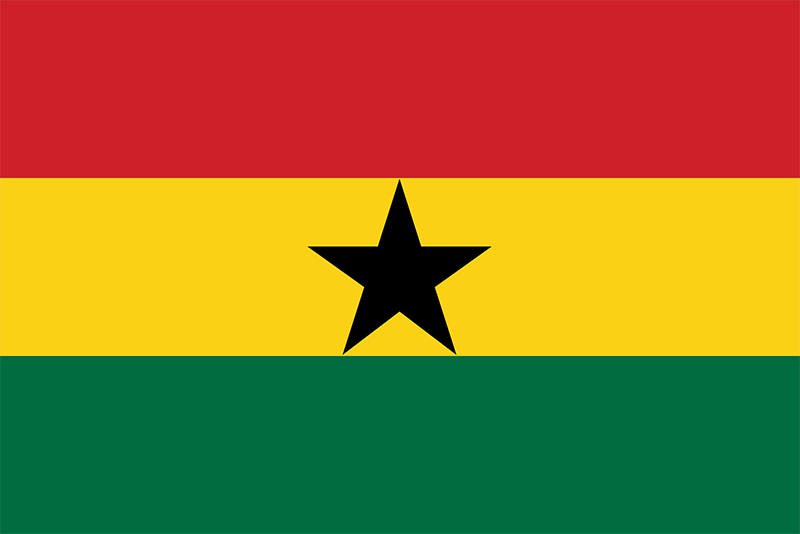Moody's annual credit analysis on Ghana (B3, negative outlook)

Ghana’s credit profile (rated B3, negative outlook) reflects its elevated debt burden and weak debt affordability, track record of revenue underperformance relative to targets, and elevated exposure to international capital flow reversal, all worsened by the coronavirus pandemic, says Moody’s in its latest credit analysis of the country.
“The negative outlook reflects the rising risks that the pandemic poses to Ghana’s funding and debt servicing due to its exposure to shocks from a high dependence on external financing,” says Kelvin Dalrymple, Vice president - Senior Credit Officer - at Moody’s and co-author of the report. “That said, our outlook could turn stable if the government limits the potential increase in its funding needs or confidently show it will be able to get sufficient funding at moderate costs, when needed.”
Report highlights:
Ghana faced a weak growth outlook in 2020, with Real GDP growth contracted by 1.1% annually in the third quarter of the year after contracting by 3.2% in the second quarter. Both are far below its growth of 6.5% for 2019, as coronavirus-related disruptions and the weak external environment constrained economic activity
At almost $70 billion, Ghana's economy is close to the median of B-rated sovereigns and above the median of regional Sub-Saharan Africa (SSA) peers, relatively diversified and mostly services-based
Debt affordability remains Ghana’s main credit constraint, and continued to deteriorate in 2020, driven by both the declining revenue share and a higher interest bill, reflecting greater recourse to borrowing to fund spending

